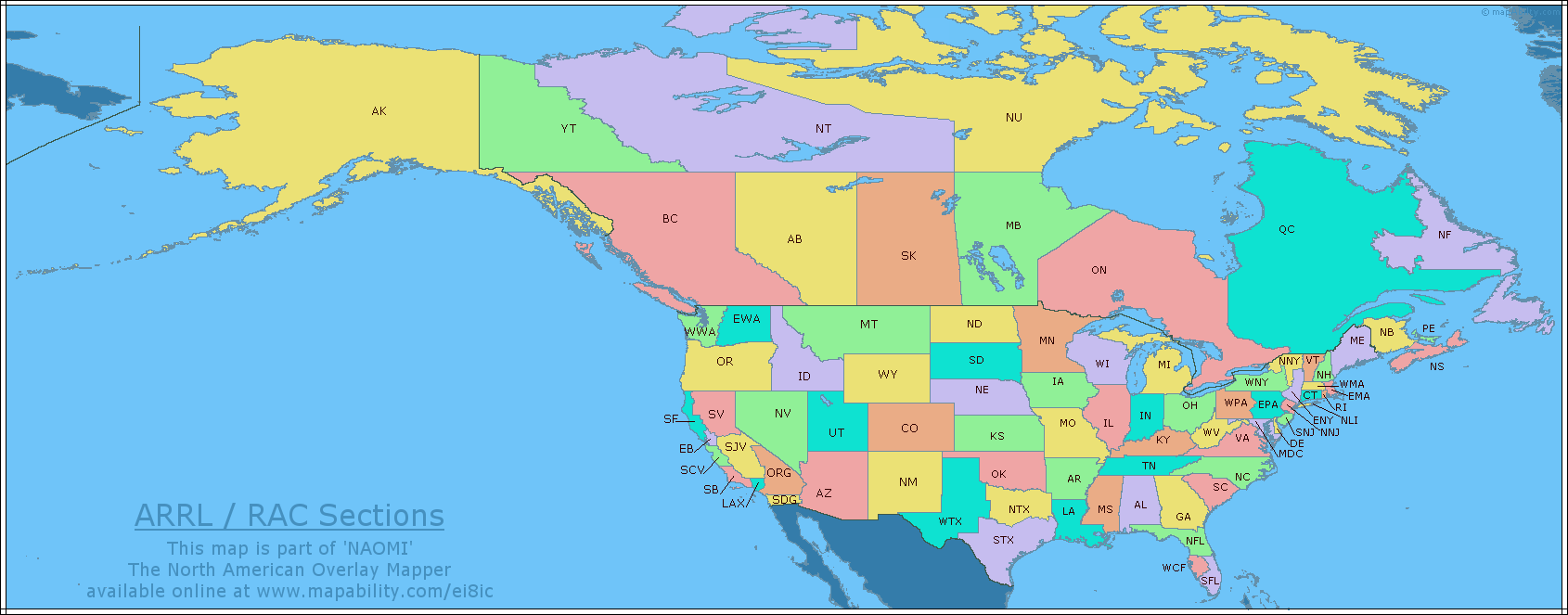


Hence, we examined body weight gain and several signs of neurological maturation in asphyctic rats throughout the first 3 weeks of life, corresponding to the first 3 years of human development ( Clancy et al., 2007 Semple et al., 2013), a critical period for neurotypical and aberrant neurodevelopment ( Meredith, 2015). We observed behavioral alterations 1 month after experimental PA ( Saraceno et al., 2016 Herrera et al., 2018), though little is known about the early impact of the perinatal insult ( Horvath et al., 2015 Barkhuizen et al., 2017). We have reported long-term PA-induced deficits ( Capani et al., 2009 Galeano et al., 2011 Saraceno et al., 2010, 2012 Muñiz et al., 2014). The extensively used Bjelke’s experimental model ( Bjelke et al., 1991) has allowed to study PA neuropathological and behavioral effects ( Barkhuizen et al., 2017). Neonatal care advances are so far unsuccessful in overcoming the impact of PA, which increases neonatal mortality, neurological morbidity, and neurodevelopmental disorders (NDDs) ( Weitzdoerfer et al., 2004 Herrera-Marschitz et al., 2014). The estimated incidence of this life-threatening complication ranges from 1 to 8 up to 26 per 1,000 live births in developed and developing countries, respectively ( Douglas-Escobar and Weiss, 2015). Transient interruption of oxygen supply close to delivery causes an obstetrical complication known as perinatal asphyxia (PA) ( Adcock and Papile, 2008). The outcome of this study might prove useful in designing intervention strategies to reduce early neurodevelopmental delay following PA. PEA treatment reduced PA-induced hippocampal damage and normalized the time of appearance of gait, air-righting, placing, and grasp reflexes. On P21, the hippocampal CA1 area showed signs of neuronal degeneration and MAP-2 deficit.

Over the first 3 weeks of life, PA rats showed late gait, negative geotaxis and eye-opening onset, and delayed appearance of air-righting, auditory startle, sensory eyelid, forelimb placing, and grasp reflexes. Microtubule-associated protein 2 (MAP-2), phosphorylated high and medium molecular weight neurofilaments (pNF H/M), and glial fibrillary acidic protein (GFAP) were assessed using immunohistochemistry and Western blot at P21. Hippocampal CA1 area ultrastructure was examined using electron microscopy. Neurobehavioral responses were assessed from postnatal day 1 (P1) to postnatal day 21 (P21), recording the day of appearance of several reflexes and neurological signs. PEA 10 mg/kg, s.c., was administered within the first hour of life. Newborn rats were placed in a 37☌ water bath for 19 min to induce PA. This study aimed to evaluate PEA effects on the immature-brain, i.e., early neuroprotection by PEA in an experimental PA paradigm. Palmitoylethanolamide (PEA) proved neuroprotective in experimental brain injury and neurodegeneration models. Impaired gas exchange close to labor causes perinatal asphyxia (PA), a neurodevelopmental impairment factor. 5Instituto de Ciencias Biomédicas, Facultad de Ciencias de la Salud, Universidad Autónoma de Chile, Santiago, Chile.4Departamento de Biología, Universidad Argentina John F.3Facultad de Psicología y Psicopedagogía, Pontificia Universidad Católica Argentina, Buenos Aires, Argentina.2Centro de Altos Estudios en Ciencias Humanas y de la Salud, Universidad Abierta Interamericana, Consejo Nacional de Investigaciones Científicas y Técnicas, Buenos Aires, Argentina.1Centro de Investigaciones en Psicología y Psicopedagogía, Facultad de Psicología, Pontificia Universidad Católica Argentina, Buenos Aires, Argentina.Luaces 2, Matilde Otero-Losada 2‡ and Francisco Capani 2,3,4,5*‡ Udovin 2†, Tamara Kobiec 1,2, Nicolas Toro-Urrego 2, Carlos F.


 0 kommentar(er)
0 kommentar(er)
